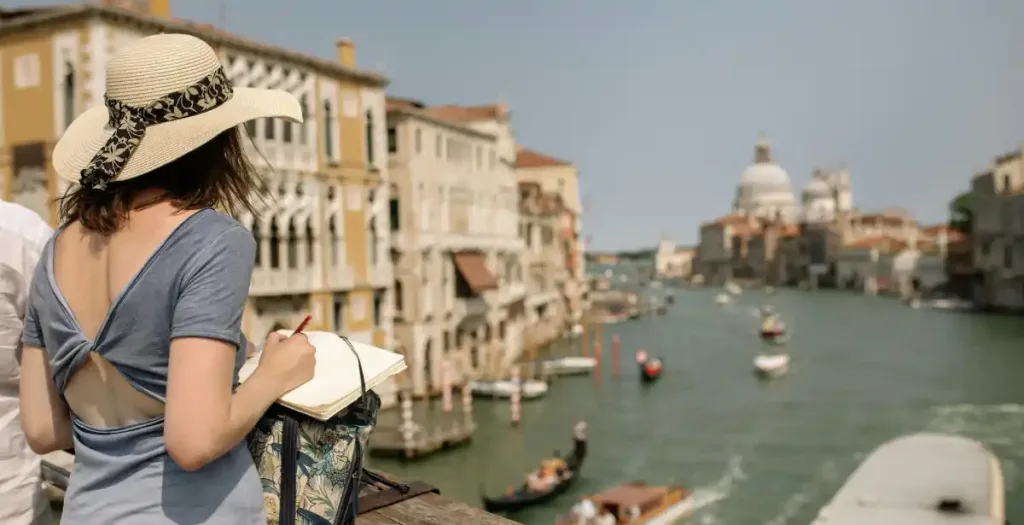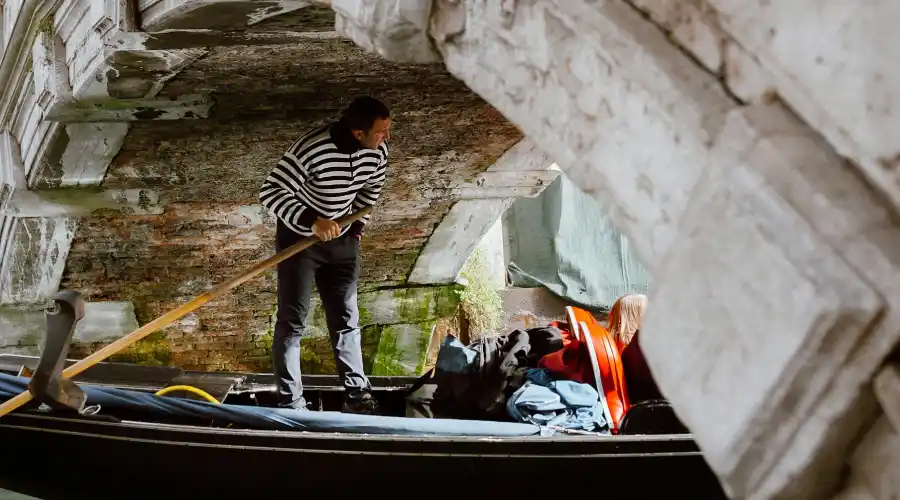Best time to visit Venice

When it comes to the enchanting city of Venice, timing is everything. The best time to visit this iconic destination can make all the difference in your experience. From the magical allure of the Carnival in February to the serene beauty of the autumn months, Venice offers a captivating experience year-round. The spring months of April and May bring mild weather and blooming gardens, while the summer draws crowds seeking the romance of gondola rides and al fresco dining. Fall, with its golden hues and fewer tourists, offers a more intimate exploration of the city. Winter, despite being chilly, presents a quieter, more authentic side of Venice.
Spring in Venice
Spring is a delightful choice when considering the best season to visit Venice. The city comes alive with blooming flowers, comfortable temperatures, and a refreshing ambiance during this time. The best month to visit Venice during spring is May, which offers sunshine and pleasant weather and creates a charming backdrop for exploring the city’s enchanting canals and historic landmarks. This period aligns with the idea that May is an excellent time to experience Venice at its finest.
Venice’s best travel months (also its busiest and most expensive) are April, May, June, September, and October. This time allows visitors to immerse themselves in the city’s vibrant atmosphere, enjoying the picturesque surroundings and cultural experiences unique to Venice in the springtime. Spring in Venice offers a delightful climate and blooming landscapes, as well as an opportunity to witness the city at its most vibrant. Visitors seeking an enchanting experience in Venice should consider planning their trip during this magical time of the year.
Summer In Venice
While summer in Venice is undoubtedly a popular time for tourists, it also brings warm temperatures and longer daylight hours, providing ample opportunities to indulge in the city’s unique charm. For those seeking the cheapest time to go to Venice, it’s essential to note that summer is the busiest and most expensive period due to increased tourist activity. The summer months, particularly June, July, and August, witness a surge in visitors flocking to the city to experience its renowned beauty and cultural richness. However, this popularity comes with increased costs and potential challenges related to crowd management.
Despite the bustling atmosphere, summer in Venice offers various cultural events and outdoor activities, adding to the vibrancy of the city’s ambiance. Visitors can immerse themselves in the lively atmosphere, explore the diverse attractions, and indulge in the local cuisine and traditions that thrive during this season. While affordability may be a consideration, those who appreciate the energetic buzz of a vibrant city and the opportunity to partake in numerous events and experiences may find the summer months in Venice truly rewarding. It’s a time when the city truly comes alive, offering a dynamic and spirited environment for travelers to enjoy.

Autumn In Venice
As the crowds start to dwindle, autumn offers a more serene experience for visitors. Late September and early October are often considered the best time to visit Venice during fall. The reduced crowds, cooler weather, and picturesque scenery create an ideal stroll and exploration setting. During autumn, Venice experiences a transition from the bustling summer months to a more tranquil atmosphere. This change allows visitors to appreciate the city’s beauty in a more relaxed and intimate setting. The pleasant weather and the changing colors of the surrounding landscapes add to the enchanting ambiance, making it an ideal time for sightseeing and immersing oneself in the local culture.
The cultural calendar of Venice also comes alive during the autumn months, offering various events and festivals that showcase the city’s artistic and historical heritage. Visitors can explore art exhibitions, attend musical performances, and engage in traditional celebrations highlighting Venetian culture’s richness. Apart from the cultural appeal, autumn in Venice also presents favorable conditions for exploring the city’s renowned landmarks and hidden gems. The comfortable temperatures and fewer crowds create an inviting environment for leisurely exploration, allowing visitors to savor the city’s charm at a relaxed pace.
Winter In Venice
The winter months, particularly between November and February, present a compelling case for the best time to visit Venice. Tourist numbers decrease, allowing for a more intimate experience of the city’s treasures. Additionally, the city exudes a serene allure during this time, making it an attractive option for those seeking a quieter and more authentic Venetian experience. Visiting Venice in winter offers a unique perspective on the city’s cultural and historical significance. The reduced tourist activity allows visitors to immerse themselves in the local way of life, appreciate the city’s architectural marvels, and explore its rich artistic heritage without the bustling crowds that typify other seasons.
Winter in Venice also coincides with the festive holiday season, adding a touch of magic and enchantment to the city’s ambiance. Visitors can witness the city adorned with festive decorations, partake in traditional celebrations, and savor seasonal delicacies emblematic of Venetian winter traditions. While the weather may be cooler, Venice’s misty and tranquil atmosphere in winter creates an evocative and romantic setting. The mist rising from the canals, the soft glow of streetlights, and the cozy atmosphere of local cafes and restaurants contribute to the city’s captivating allure during this time of year.